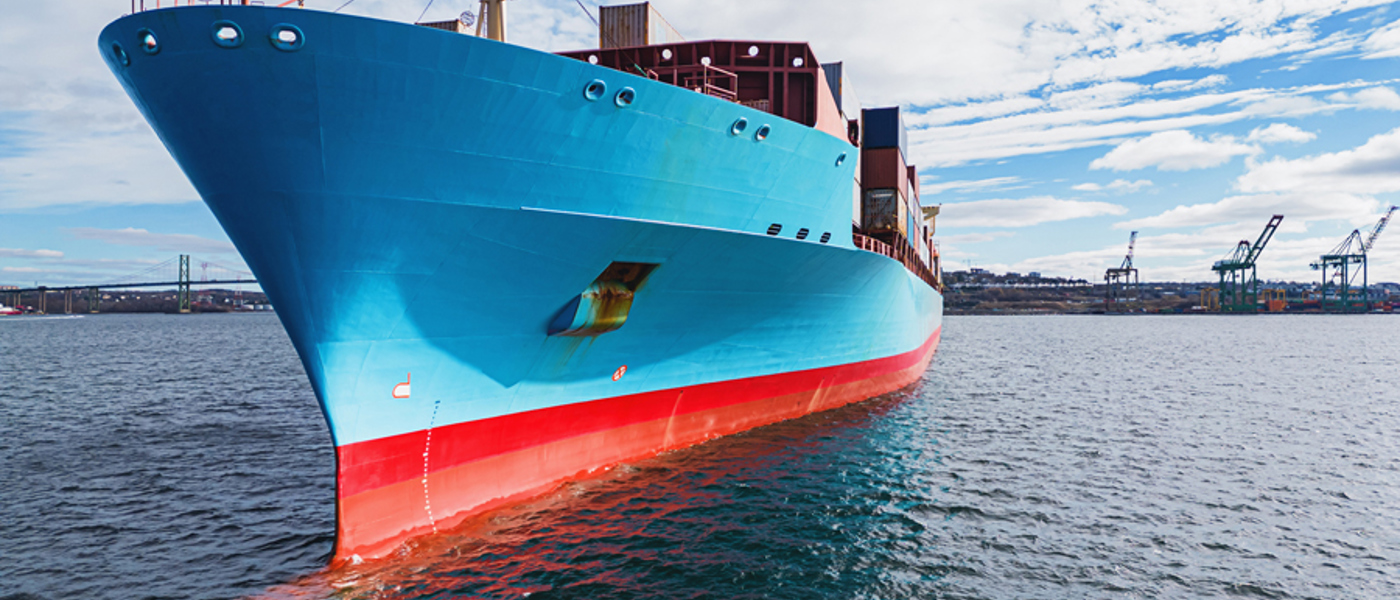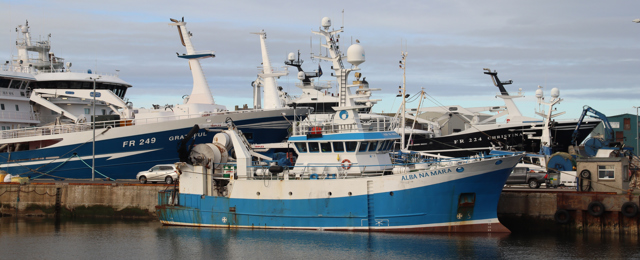How to place a hull risk
A broker’s quick guide

Ready to get our expert Geo Marine team’s top tips on how to place a hull risk? Read more below and check out the other articles in our series too, which offer guidance and tips created especially for brokers and your clients.
Placing a marine risk isn’t rocket science, but it’s not just sending a picture of a boat and hoping for a quote either. Here’s how to set it up for success.
Know the vessel
Underwriters price risk, not paperwork. So help them understand what they’re insuring.
- Name / Type: Trawler? Tug? Workboat?
- Year built and builder.
- Flag and class.
- Dimensions and tonnage.
- Trading limits: Local, coastal, or international?
- Use: Commercial fishing? Private workboat? Charter?
- Crewing practices and policies.
Photos and survey reports go a long way here, as they show pride in ownership and help cut through doubt.

Understand the machinery
- Main engine type, model and output, and most importantly, age.
- Any recent overhauls or issues?
- Auxiliary equipment.
- Fuel type (especially for older engines).
- Maintenance plan and budget in place.
Why it matters: Propulsion is one of the top sources of claims, so underwriters want to know it’s solid.
Get the condition survey
If the vessel is older (for example, over 15 years old) or not classed, most underwriters will ask for a recent condition survey, not just an MCA certificate.
Tip: Make sure the report is clear, independent, and includes photos. Gaps mean delays or declinatures.
Coverage and values
Clarify up front:
- Agreed or market value?
- Sum insured / limit required.
- Current deductibles.
- Trading period.
Underwriters don’t like surprises. Be clear about what you want and whether it's a clean placement or needs negotiation.
Provide a Clear Presentation
You don’t need a glossy brochure, just a tight submission.
At a minimum provide the underwriter with:
- Vessel details in a submission.
- Survey (if required/available).
- Photos.
- Current pricing and deductibles if known.
- Claims history (last five years, for the owner/operator and the vessel).
Additional information that will help present your risk more fully are:
- Notes on ownership/management.
- Planned repairs or refits.
- Trading plans for the next 12 months.
Get in touch
If you have any further queries or we could support you or your clients in any way, our specialist team are here to help. Please feel free to ask the team any questions you may have at sales@geounderwriting.com.